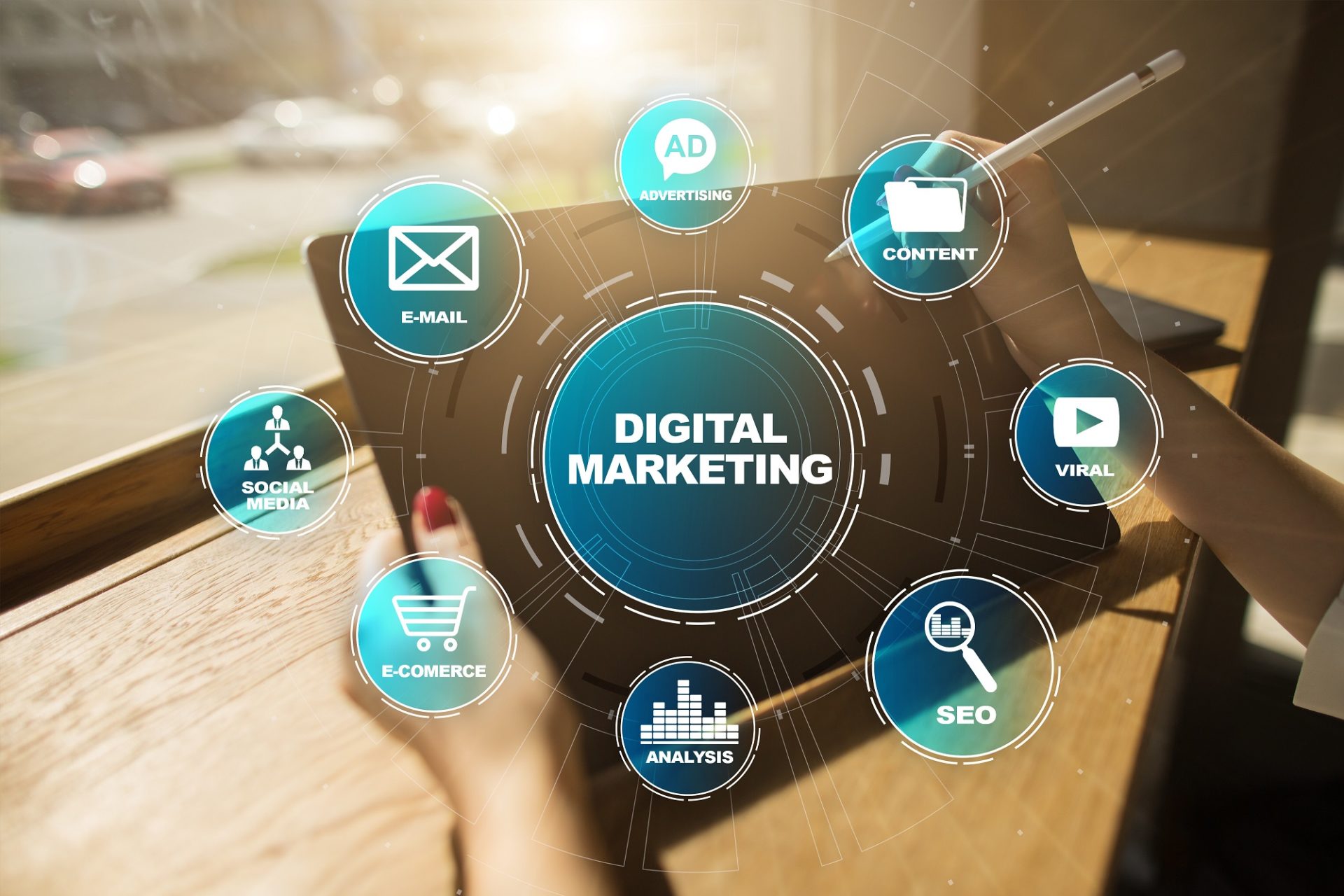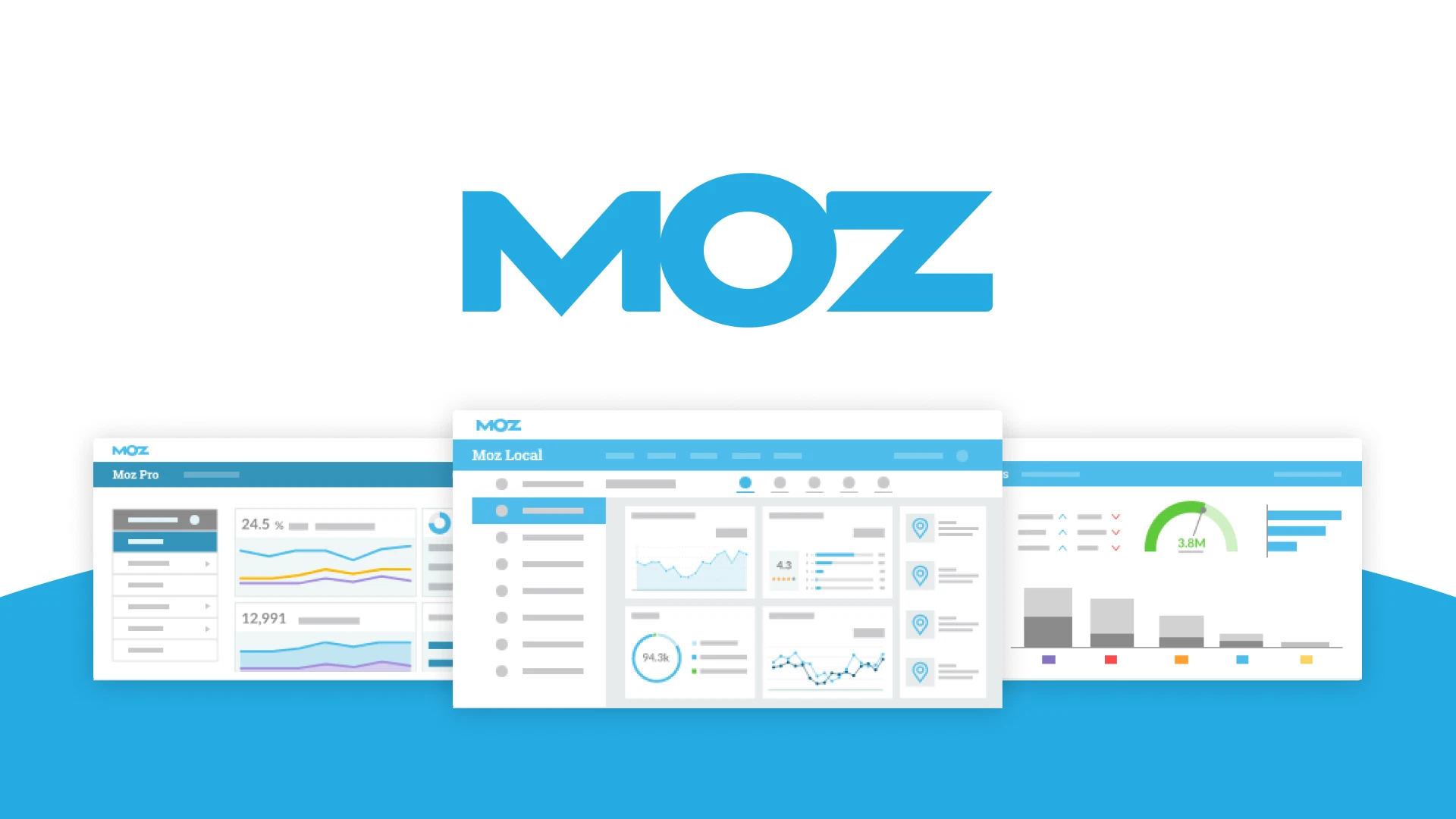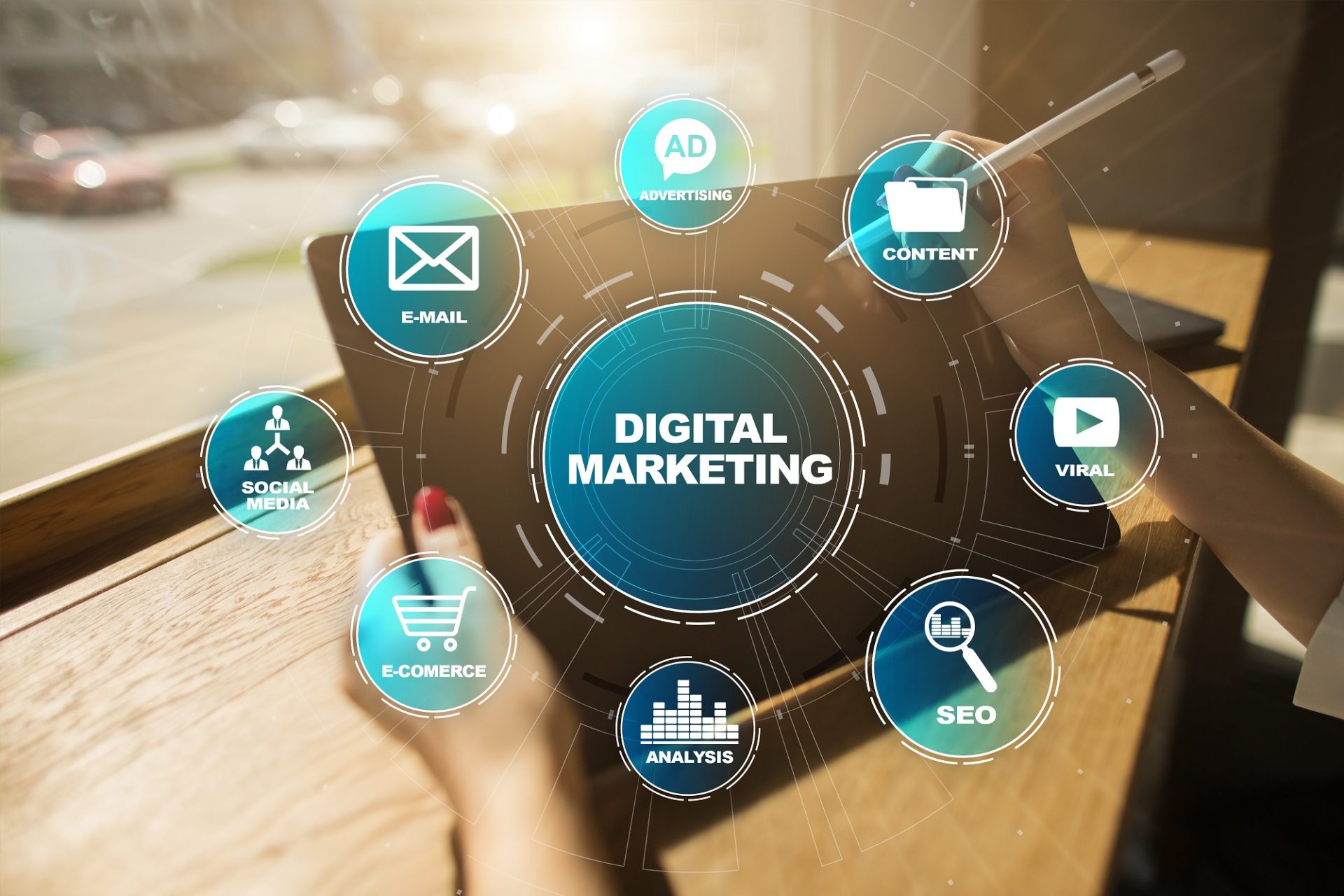What is on page SEO and off page is a critical aspect of digital marketing that helps websites increase their visibility. The main goal of search engine optimization is to drive organic traffic from such engines like Google, Bing, and Yahoo to a website by ensuring that the content, structure, and reputation of the site are aligned with what these search engines consider relevant and valuable. That’s where SEO can be broadly categorized into two main areas, namely on-page and off-page SEO.
What is on page SEO and off page
If you are one of those asking what is on page SEO and off page, remember from now on that these two categories work together to improve a website’s position on search engine results pages (SERPs). Although they serve the same ultimate purpose, which is to improve a website’s visibility, they do so through different means. Understanding the distinction and importance of both on-page and off-page SEO is essential for developing an effective SEO strategy.
On-page SEO refers to the optimization techniques that are directly applied to the content and structure of a website to improve its search engine ranking. It involves all the internal factors that you can control on your own website. This includes optimizing content, HTML source code, meta tags, images, internal linking, and more.
The main aim of this first part of what is on page SEO and off page is to help search engines understand what a web page is about and determine whether it is relevant to a user’s query. It also focuses on improving the user experience, which is a significant factor in how Google ranks content.
On-Page SEO is critical because it lays the foundation for all other optimization efforts. Without proper on-site actions, even the most effective off-page techniques may not deliver the desired results. Search engines use crawlers to read website content and index it accordingly. The better optimized your site is from an on-page perspective, the easier it will be for crawlers to understand and index your site correctly.
Content is central to this first part of what is on page SEO and off page. Creating high-quality, relevant, and original content is paramount. Search engines prioritize craft that provides real value to users. This includes answering questions, providing insights, offering solutions, or delivering entertainment in a meaningful way. When creating content, keyword analysis plays a crucial role. Those are the words and phrases that users enter into search engines. Including these keywords naturally and strategically within your content helps search engines connect it to relevant queries.
Meta tags are also an important part of what is on page SEO and off page. This includes the title tag and the description. The first is what appears as the clickable headline on the search engine results page. It should include the main keyword and be written in a way that attracts users. The meta description, while not a direct ranking factor, can influence click-through rates by giving users a brief summary of what the page is about.
The use of header tags structures the content in a way that makes it more readable for both users and search engines. The H1 tag usually contains the main headline of the page and should include the primary keyword. Subheadings then break up the content into manageable sections, making it easier to scan and understand. URL structure is another component of what is on page SEO and off page. URLs should be clean, descriptive, and include relevant keywords where appropriate. A well-structured URL not only helps search engines understand what the page is about but also improves user experience.
Internal linking is another key element. Pointing to other relevant pages within your website helps search engines discover more of your content and understand the relationship between different pages. It also keeps users engaged by directing them to additional information they may find useful.
Image optimization is also part of what is on page SEO and off page. This includes using descriptive file names and adding alt text to images, which serves two purposes. First it improves accessibility for users who use screen readers, and it provides search engines with more context about the content of an image.
Page load speed is a ranking factor that falls under technical on-page SEO. Slow-loading pages can lead to higher bounce rates and lower user satisfaction, which negatively impacts your ranking. Optimizing images, leveraging browser caching, and minimizing code can help improve load times.
Mobile-friendliness is equally important in what is on page SEO and off page. With the majority of searches now happening on mobile devices, having a responsive design that adjusts to different screen sizes is critical for both SEO and user experience.
Another critical aspect of on-page SEO is ensuring your site is secure, typically indicated by HTTPS rather than HTTP. Google gives preference to secure sites, and users are more likely to trust websites that display the padlock icon in the address bar.
Schema markup, or structured data, is another powerful technique in what is on page SEO and off page. This is a form of microdata that helps search engines better understand the content on your pages. When implemented correctly, schema markup can enhance your listings in search results by enabling rich snippets, such as reviews, ratings, and other features that improve visibility.
Content freshness is also relevant. Updating existing craft to reflect the most recent information and keeping your blog or website regularly updated with new posts signals to search engines that your site is active and relevant.
Together, all these elements contribute to what is on page SEO and off page, making it more accessible, understandable, and appealing to both users and search engines. As for the second aspect, it refers to the activities that take place outside of your website that can influence your rankings within search engine results. While on-page deals with the elements you can control on your site, off-page SEO involves earning signals and establishing authority through other sources.
The most significant aspect of off-page SEO is backlink building. Backlinks, also known as inbound links, are those that point from other websites to yours. Search engines view this practice as a vote of confidence. When reputable websites link to your content, it signals to search engines that your content is valuable, trustworthy, and relevant. However, not all backlinks are created equal. Quality matters more than quantity. A few backlinks from authoritative sites in your niche can be far more impactful than dozens from low-quality or irrelevant sites.
Building backlinks naturally requires a combination of quality content, outreach, and relationships. Creating link-worthy content, such as in-depth guides, original research, or engaging infographics, can increase the chances of earning backlinks. Outreach involves contacting webmasters, bloggers, or influencers and encouraging them to share or reference your content. Guest blogging is another effective strategy in what is on page SEO and off page. By writing posts for other reputable blogs in your industry, you can include backlinks to your site and introduce your brand to new audiences.
However, guest blogging should be approached strategically. It’s important to contribute valuable content and avoid practices that might be seen as spammy by search engines. Social media signals, while not direct ranking factors, also play a role in off-page SEO. Engaging with your audience on platforms like Facebook, Twitter, LinkedIn, and Instagram can increase brand awareness and drive traffic to your website. When content is shared widely across social networks, it increases the likelihood of earning backlinks and gaining exposure.
Online reputation management is an indirect but essential part of what is on page SEO and off page. Positive reviews, brand mentions, and customer engagement all contribute to how your brand is perceived by both users and search engines. Google takes into account brand sentiment and user trust, especially for businesses that operate in industries such as health, finance, and law.
Local search engine optimization also has strong off-page elements. For physical businesses, being listed in directories like Google Business Profile, Yelp, or industry-specific ones can improve search visibility. Citations, which are mentions of your business name, address, and phone number on other websites, help establish credibility and relevance in local search.
Another aspect of what is on page SEO and off page is influencer marketing. Partnering with industry influencers to promote your content or brand can lead to greater exposure and high-quality backlinks. The importance of influencers is in the loyal audiences they often have, and their strong domain authority, making them valuable allies in your SEO strategy.
Forum participation and community involvement, when done correctly, can also contribute to off-page SEO. Engaging in relevant discussions on platforms like Reddit, Quora, or niche forums can establish authority, drive targeted traffic, and occasionally lead to backlinks. It’s important to contribute meaningfully rather than simply posting links.
Press releases and media coverage are additional tools of what is on page SEO and off page. Being featured in news articles, interviews, or industry roundups can lead to valuable backlinks and improve your brand’s online authority. Also, content syndication, which involves reposting your content on third-party platforms with proper canonical tags or links back to the original source, can amplify your reach and lead to more backlinks and traffic.
While the two categories are distinct, they are deeply interconnected. A strong on-page SEO foundation is essential before any pff-page efforts can be truly effective. For example, if your site’s content is poorly written or irrelevant, even the highest quality backlinks may not result in high rankings. Likewise, even the best-optimized page may struggle to rank if it has no external authority or inbound links supporting it.
In practice, when we are talking about what is on page SEO and off page, we start with the first category to ensure the website is optimized for both search engines and users. Once the internal foundation is solid, attention can shift to building external signals through off-page techniques.
It’s also worth noting that search engines are increasingly focused on user intent and behavior. Factors like dwell time, bounce as well as click-through rate can influence rankings. These behavioral metrics can be influenced by both on-page and off-page SEO. For instance, a well-optimized meta description can improve click-through rates, while a backlink from a high-traffic site can increase dwell time if users find your content valuable.
What is on page SEO and off page makes both essential components of a successful digital marketing strategy. While the first involves optimizing the elements on your own website, including content, metadata, structure, and user experience, the second focuses on building your site’s authority and credibility through external means such as backlinks, social media engagement, and online reputation.
A balanced approach that integrates both strategies will lead to the best results in the long term. While on-page SEO ensures that your content is discoverable and understandable by search engines, off-page efforts build the trust and authority needed to compete for top rankings. Together, they form the foundation of effective SEO that drives sustainable, high-quality traffic to your website.
What is on page SEO and off page is not a one-time activity but an ongoing process. Search engine algorithms are continually evolving, and staying updated with the latest best practices is crucial. By investing time and resources into both on-page and off-page SEO, businesses and website owners can improve their online visibility, reach their target audience more effectively, and achieve their digital marketing goals.
As search engines become more sophisticated, so do the techniques and best practices associated with on-page SEO. It is no longer enough to stuff keywords into content or rely solely on technical tricks. Instead, on-page SEO must now focus on user intent, semantic relevance, and content quality.
A significant evolution in what is on page SEO and off page has been the rise of semantic search. Rather than matching exact keywords, search engines now look at the broader context of a page. They want to understand what the user is really searching for and whether your content provides a complete and accurate answer. This is where Latent Semantic Indexing (LSI) keywords come into play. These are words and phrases that are semantically related to your main keyword. Using them helps paint a fuller picture for search engines.
Another modern on-page SEO practice involves optimizing for user engagement metrics. Search engines monitor how users interact with your site, how long they stay, whether they bounce back to the search results, and how many pages they visit. This data helps Google understand whether your site is delivering value. To encourage longer engagement, websites should aim to improve readability through short paragraphs, visual aids like images or videos, and clear calls to action (CTAs). Formatting also matters. Using bullet points, bold text, and proper spacing makes content more digestible.
Voice search optimization is another growing area within what is on page SEO and off page. With the popularity of smart speakers and mobile assistants, more people are using conversational queries. These often take the form of questions. As a result, including natural-sounding questions and answers in your content, such as FAQs, can improve visibility in voice search results.
Technical SEO, a subset of the on-page category, is also worth emphasizing. This includes optimizing your site’s architecture to ensure that search engines can crawl and index your pages efficiently. A well-structured site uses clean code, avoids broken links, has a proper XML sitemap, and includes a robots.txt file. Structured data and schema markup can also help your content appear in rich results or featured snippets, which significantly enhance visibility and click-through rates.
Accessibility is also becoming more important in what is on page SEO and off page. Ensuring your site meets such standards, including those defined by Web Content Accessibility Guidelines (WCAG), not only broadens your audience but also positively impacts SEO. Accessible websites typically load faster, are easier to navigate, and provide a better user experience overall, all factors that search engines reward.
Page experience, a relatively recent Google ranking factor, incorporates elements like Core Web Vital, including loading, interactivity, and visual stability. These metrics directly affect how users perceive the experience of interacting with your pages. Optimizing for Core Web Vitals involves compressing images, reducing JavaScript execution time, and ensuring that visual elements don’t shift unexpectedly as the page loads.
What is on page SEO and off page is an evolving field that demands attention to both content and technology. It’s no longer just about putting the right words in the right place, but creating an informative, engaging, and technically sound experience for every visitor.
Off-Page SEO continues to evolve far beyond traditional link-building practices. While backlinks remain a strong ranking factor, Google has become more sophisticated in assessing the quality, relevance, and context of those links. Manipulative tactics such as link farms, private blog networks (PBNs), and paid schemes are increasingly penalized.
One of the most effective ways to enhance what is on page SEO and off page today is through digital public relations (PR). This approach involves earning media coverage through newsworthy stories, expert commentary, data reports, and original insights. When reputable news outlets or industry blogs link back to your website, it not only provides a strong SEO signal but also drives referral traffic and builds brand authority.
Another key development in off-page SEO is brand mentions or implied links. Even if your site is not linked directly, being mentioned by authoritative sites or influencers can still send positive signals to search engines. These mentions help Google understand that your brand is a recognized entity in your industry.
Online reviews are another crucial factor in what is on page SEO and off page, especially for the local aspect. Reviews on platforms like Google, Yelp, Trustpilot, and even niche directories not only influence consumer decisions but also affect your visibility in local search results. Google takes into account both the quantity and quality of reviews when ranking businesses. Encouraging satisfied customers to leave positive, authentic reviews should be a priority.
Social proof, though not a direct ranking signal, plays a powerful supporting role. When users see your content being shared and discussed across social media platforms, it builds trust. Viral content often attracts backlinks naturally. Moreover, consistent engagement with followers across platforms helps reinforce your brand identity and increases the chances that influencers or journalists might notice and cite your work.
Collaborations and partnerships can also amplify what is on page SEO and off page. For instance, co-hosting webinars, sponsoring events, or contributing to industry roundups can get your brand in front of new audiences while also earning valuable links. Strategic partnerships with educational institutions, non-profits, or recognized experts can boost your credibility and trustworthiness, which are qualities Google values, especially for sites in healthcare or law niches.
Monitoring your backlink profile is another important activity in what is on page SEO and off page. Tools like Ahrefs, SEMrush, or Google Search Console allow you to analyze which sites are linking to yours, identify toxic backlinks, and disavow harmful links that might negatively impact your rankings. A clean backlink profile is just as important as a strong one.
Also worth noting is the growing role of content marketing in what is on page SEO and off page. Posting valuable pieces offsite, such as in-depth guest posts, interviews, podcasts, or syndicated articles, helps you reach new audiences and earn high-quality backlinks. Content distribution platforms like Medium, SlideShare, or even YouTube can play a key role in amplifying your reach.
Community building plays an underrated but vital role in what is on page SEO and off page. Becoming an active, valuable member of online communities, such as industry forums, Reddit, Quora, or professional groups, helps establish authority. When people trust your insights, they are more likely to link to your site, share your content, or mention your brand.
SEO works best when you align strategies of what is on page SEO and off page. For example, a blog post that’s optimized for specific keywords is far more likely to earn backlinks if it is original, well-researched, and valuable. Similarly, a website with strong domain authority built through effective off-page strategies will rank even better when each page is also optimized with compelling titles, internal links, and clean code.
An integrated approach of what is on page SEO and off page also allows for better tracking and measurement. Tools like Google Analytics and Search Console help track organic traffic, bounce rates, and keyword performance, while backlink tools help evaluate off-page success. By analyzing both sets of data, marketers can see which types of content attract the most links, which pages convert best, and where improvements are needed.
Moreover, what is on page SEO and off page today is deeply intertwined with content strategy, user experience, technical development, public relations, and branding. Success in the search engine results pages depends on a unified digital strategy where content creation, site architecture, and reputation management all reinforce each other.
As the digital landscape continues to evolve, what is on page SEO and off page remains one of the most powerful tools for driving long-term, sustainable traffic. The first ensures that your website is optimized for both users and search engines through high-quality content, technical soundness, and semantic relevance, while Off-Page SEO builds your site’s authority, trust, and visibility through strategic outreach, backlinks, and brand presence across the web.
Ultimately, what is on page SEO and off page requires a long-term effective commitment and a willingness to adapt. Search engines will continue to refine their algorithms, but the underlying principle remains the same, which is to provide value to users. When on-page and off-page SEO work together toward this goal, the results can be transformative for any business or online presence.
If you’re just beginning, focus first on strong on-page practices and build a solid foundation. As your content matures and your technical setup is optimized, begin investing in off-page strategies to build credibility and drive exponential growth. By mastering what is on page SEO and off page, you position yourself for success in an increasingly competitive digital world.









